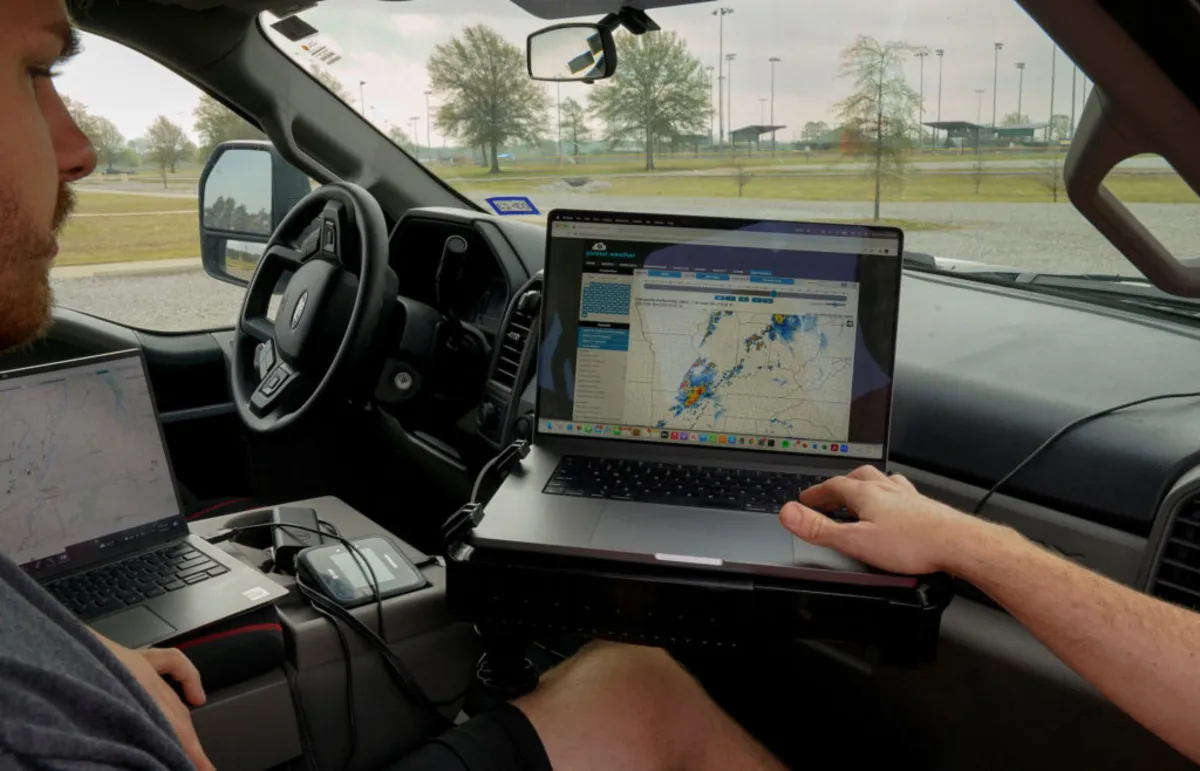
The recent mass firings at the National Oceanic and Atmospheric Administration (NOAA) have raised significant concerns regarding public safety and the economic stability of the United States. Experts warn that these layoffs could lead to increased risks for everyday Americans and substantial financial repercussions. The firings began on Thursday and are part of a broader strategy that critics argue will undermine the agency’s crucial functions.
NOAA plays a vital role in monitoring the oceans, the atmosphere, and even outer space, providing over 301 billion weather forecasts annually to reach 96% of American households. These forecasts help save lives and prevent economic losses by warning the public of potential dangers such as tornadoes, hurricanes, and floods. Admiral Tim Gallaudet, who served as acting NOAA chief during the Trump administration, stressed that these firings will compromise the safety of flight operations, shipping, and everyday activities.
As we enter a critical period for severe weather, including tornado season and the agricultural planting season, the impact of these job cuts could be profound. Former NOAA Administrator Rick Spinrad emphasized that the agency is often overlooked until its services are desperately needed. Private meteorologist Ryan Maue echoed this sentiment, highlighting that NOAA’s staffing cuts will hinder its already strained capacity to provide timely and accurate weather information.
NOAA generates daily weather forecasts from 122 local offices that are essential for disaster preparedness. Local and disaster officials rely on these forecasts to inform the public about safety precautions. Farmers depend on seasonal weather outlooks for crop planning, while pilots utilize aviation forecasts. According to Maue, the reliance on NOAA data extends beyond government services; private weather apps and television forecasts are often based on NOAA’s satellites and data.
In the western United States, NOAA meteorologists provide critical updates to firefighting crews, ensuring they have the latest information on wind conditions that can affect fire behavior. Similarly, NOAA’s forecasts are essential for maritime safety, guiding ships through potentially hazardous waters. The agency also manages fisheries and ocean sanctuaries, contributing billions to the economy and supporting environmental sustainability.
Gallaudet warned that the firings could lead to accidents similar to the incident in which a container ship collided with Baltimore’s Francis Scott Key Bridge in 2024. NOAA’s quick response was pivotal in reopening the port, which is vital for economic activity. In Alaska, the city of Nome is looking to establish a deep-water port, but NOAA's involvement is crucial for conducting the necessary channel surveys.
NOAA’s expertise extends into space weather, where its forecasts help prevent satellite collisions, including those operated by companies like SpaceX. The agency monitors solar flares that could disrupt electrical grids and air traffic communications. Spinrad pointed out that SpaceX turned to NOAA for assistance after losing 40 satellites due to ignorance of space weather implications.
A study by the American Meteorological Society estimated that the National Weather Service contributes approximately $102 billion annually to the U.S. economy. With a budget of $6.7 billion—of which nearly $1.4 billion supports the National Weather Service—NOAA's value cannot be overstated.
While NOAA officials have not disclosed the exact number of layoffs, estimates range from 580 to 1,200, with Senator Chris Van Hollen citing 650 terminations. Former NOAA chief Jane Lubchenco described these firings as a “national disaster” and a “colossal waste of money.” These positions may not be high-paying, but they are filled by dedicated individuals passionate about their work, making the cuts feel particularly devastating.
Experts like Keith Seitter, a professor of environmental sciences, express concern that the cuts will result in critical oversights that could endanger lives. Gallaudet, reflecting on the cuts, called them “self-defeating” and criticized the leadership that allowed them to happen, stating that he could never work for Trump again due to his leadership style.
The implications of these firings extend beyond NOAA and into the fabric of American society, where accurate weather forecasting and environmental monitoring are essential for safety and economic stability.